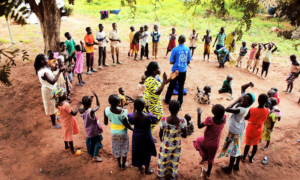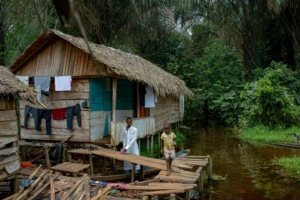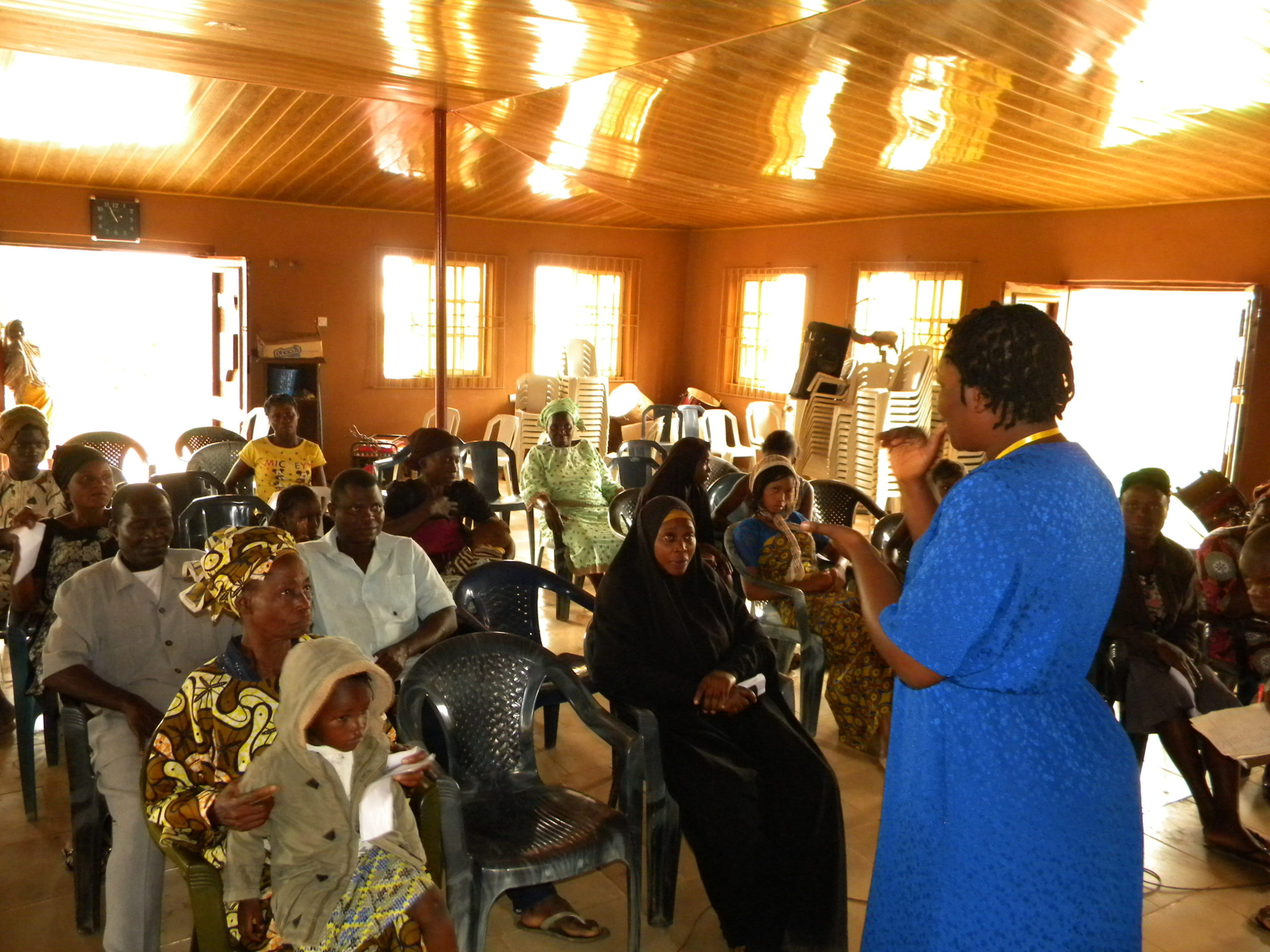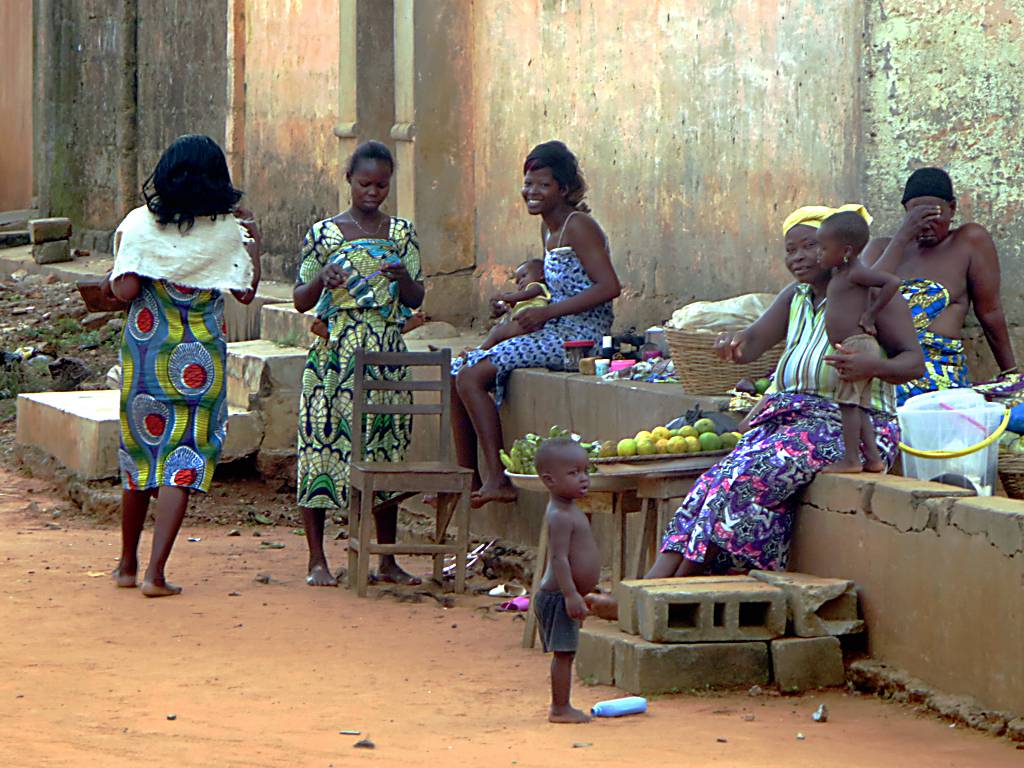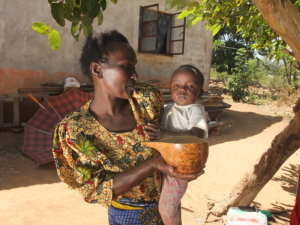 Access to electricity is a critical step toward reducing poverty. It enables communities to improve economic productivity and is a basic necessity vital to our lives in the 21st century. Out of the 800 million people living without reliable electricity, approximately 600 million are in sub-Saharan Africa.
Access to electricity is a critical step toward reducing poverty. It enables communities to improve economic productivity and is a basic necessity vital to our lives in the 21st century. Out of the 800 million people living without reliable electricity, approximately 600 million are in sub-Saharan Africa.
This lack of energy infrastructure hampers economic growth. It severely hinders the scope of education and health care development, making it a pivotal obstacle to job creation. However, solar energy may be emerging as a formidable player in the fight against poverty in the region. With sub-Saharan Africa having abundant renewable energy resources such as sunlight and wind, the area is more than well-positioned to harness solar power and try to transform its energy landscape.
The Energy-Poverty Nexus
Without electricity, the mundane daily processes of society come to a halt. Businesses struggle to operate, health care services are unequipped and education is limited to daytime hours. Access to electricity, therefore, is at the core of any society aiming to meet economic and productivity goals. Yet, in sub-Saharan Africa, more than half of the region’s population does not have regular access to electricity. Energy poverty is linked to the deepening of economic disparity in this region due to limited access to essential services.
Solar energy offers a promising solution because sub-Saharan Africa has abundant sunlight and wind. Solar energy is a clean, renewable and widely available resource. It can be harnessed to provide electricity in off-grid and remote areas. The region receives enough solar energy to meet its demands several times over, making solar energy a solid contender for addressing energy poverty.
Furthermore, solar power systems are scalable. This means they can be installed in smaller areas, such as individual homes and across larger territories, such as villages and entire communities. These systems are often a more affordable option in addition to being easier to maintain than traditional energy grids that are fossil fuel-based. This quality makes them particularly suitable and easily adaptable for rural communities.
Current Solar Energy Projects Transforming Lives in sub-Saharan Africa
Several organizations and solar energy initiatives are showcasing the potential behind this effort to alleviate poverty in sub-Saharan Africa. Some of them include:
- The Desert to Power Initiative: The African Development Bank’s (AfDB) Desert to Power Initiative aims to create the world’s largest solar zone. Spanning 11 countries, including Burkina Faso, Mali, Senegal and Niger, this project is fighting toward the decentralization of energy in sub-Saharan Africa. Currently focusing on the Sahel region, a semi-arid region stretching from Senegal to Sudan, the project intends to provide 10 gigawatts (GW) of solar generation capacity via both on and off-grid solutions to approximately 250 million people. The Desert to Power Initiative will improve energy access for rural communities by focusing on large-scale solar farms and fostering new job creation in the renewable energy sector. This will tremendously help stimulate economic growth in the region.
- Solar Sister: Solar Sister is a social enterprise that supports local women in rural areas in becoming clean energy entrepreneurs. The initiative trains and supports women in delivering clean energy directly to homes in rural sub-Saharan African communities. It sells solar-powered products such as lamps and chargers. In turn, it aims to tackle energy poverty and the gender-technology gap by creating job opportunities for women. The initiative has trained more than 10,700 entrepreneurs and reached more than 4.3 million people with solar energy solutions.
- SunCulture: With its headquarters in Nairobi, the capital city of Kenya, SunCulture is revolutionizing the agricultural industry in the region by providing rural farmers with solar-powered irrigation systems. By replacing reliance on rainfall or fuel-powered pumps, SunCulture provides a renewable and cost-effective solution. The irrigation systems are also a low-maintenance alternative. This innovative system is currently transforming lives across the continent. The company has raised more than $40 million to bring sustainable and affordable solutions to rural communities that rely solely on income derived from agricultural practices.
Conclusion
In sub-Saharan Africa, solar energy holds immense potential to combat poverty while simultaneously driving sustainable development. By harnessing the region’s copious amounts of sunlight, solar energy can be the key to accessible electricity. Indeed, advances will improve job opportunities and further growth in the health care and education sectors. As more governments, businesses and local communities add to the effort, investing in solar energy shows a path toward a more equitable future for the region.
– Mashal Aman
Mashal is based in Kyoto, Japan and focuses on Business and Technology for The Borgen Project.
Photo: Pexels
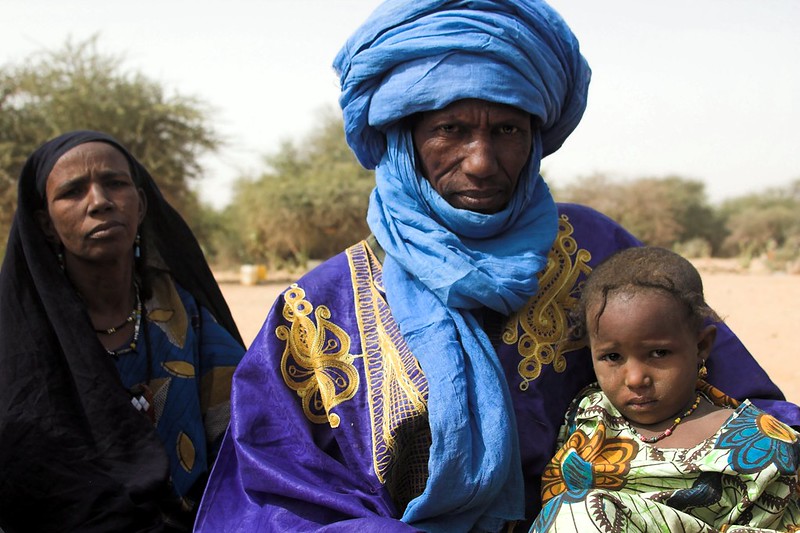 The Tuareg are a traditionally
The Tuareg are a traditionally 
